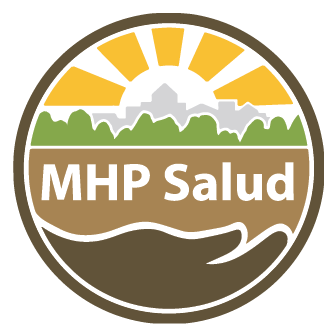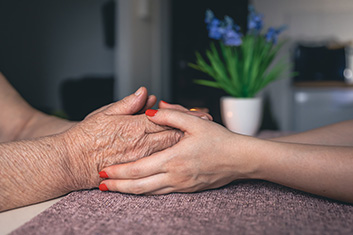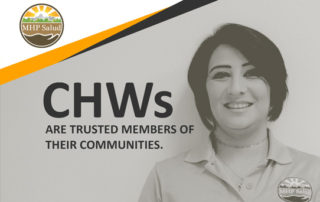Older Adult Health News and Updates
Actions that Impact Mental Health among Older Adults
Did you know that Ageism is more than a term associated with how a person thinks about aging (or your age)? Ageism can be followed by actions that can have a negative impact on a person’s mental health. Older adults may experience stereotyping, prejudice, and discrimination based on age.
Blog Topics
How to Raise Awareness About Dementia in Hispanic/Latino Older Adults
Imagine the following scenario: Your parent’s memory slips, and they briefly forget your name. You don’t think anything of it. A month later, they forget the birthday of their spouse of 50 years. Over time, these lapses in memory become more frequent. At 85 years old, your parent is diagnosed with dementia. This is an all-too-common experience for people around the country, especially for Hispanic/Latino families.
Aging in Style: Health Topics among Hispanics/Latinos
Most older adults would prefer to live out their golden years in the comfort of their homes. This population continues to grow more diverse – by 2060, Hispanic Americans are projected to make up 21% of the entire older adult population.1 For Hispanic/Latino elders, there are unique challenges to safely aging in place including managing multiple chronic diseases, language barriers, difficulty navigating the US health care system, minimal financial resources to meet the needs that come with aging at home, receiving sufficient support for family caregivers, and maintaining important connections with loved ones. As this population grows, it will become even more important for service providers to understand how to meet these needs.
Elder Health in the United States
The average lifespan of Americans has been steadily increasing over the years, resulting in a growing number of adults that live to be over 65 years old. Older adults are also becoming increasingly diverse: this population is expected to transform from 7.9% to 22% Hispanic/Latino by the year 2060. As this population grows and changes, it’s important to identify and address their unique health challenges, to support safely and happily growing old at home.





